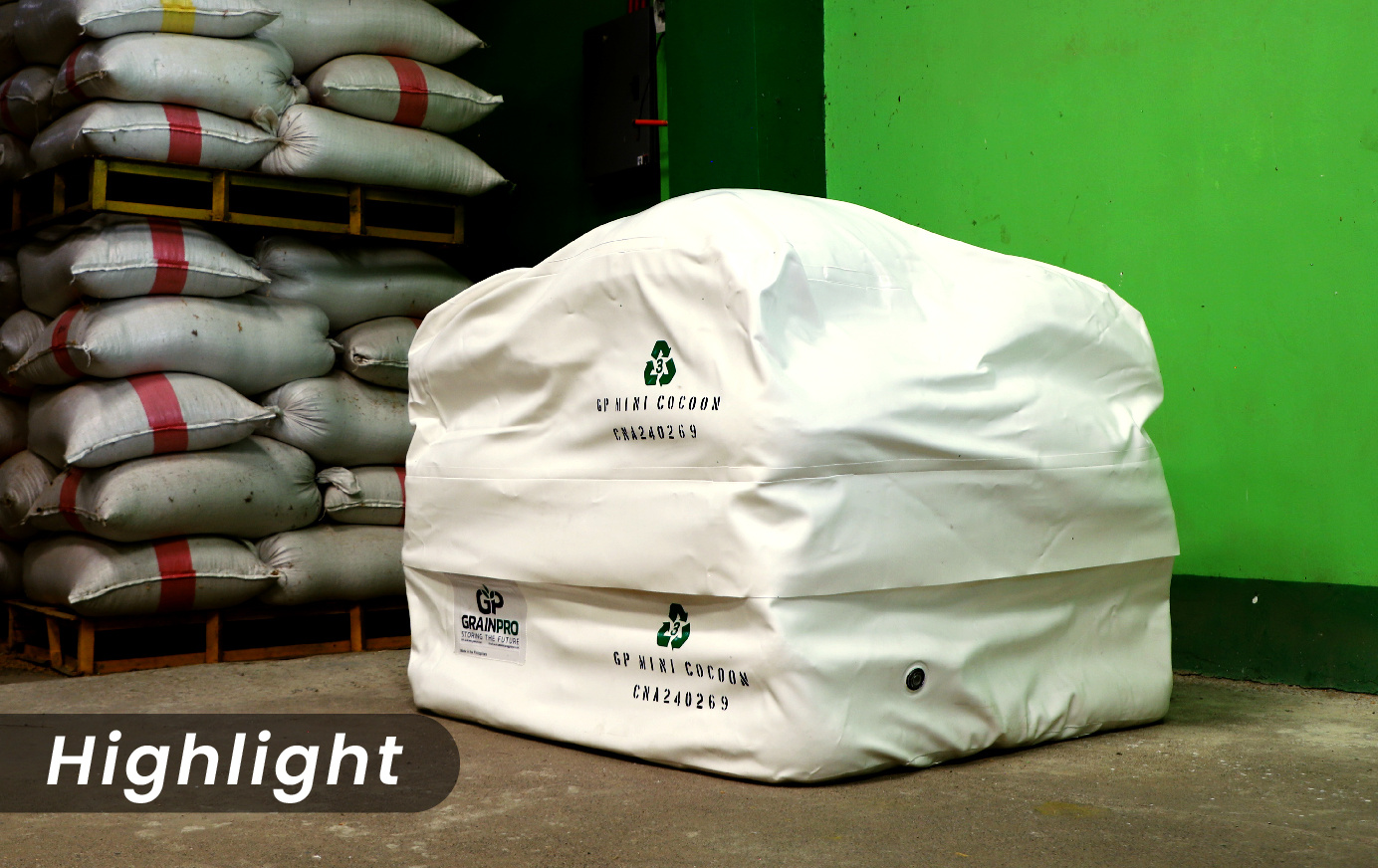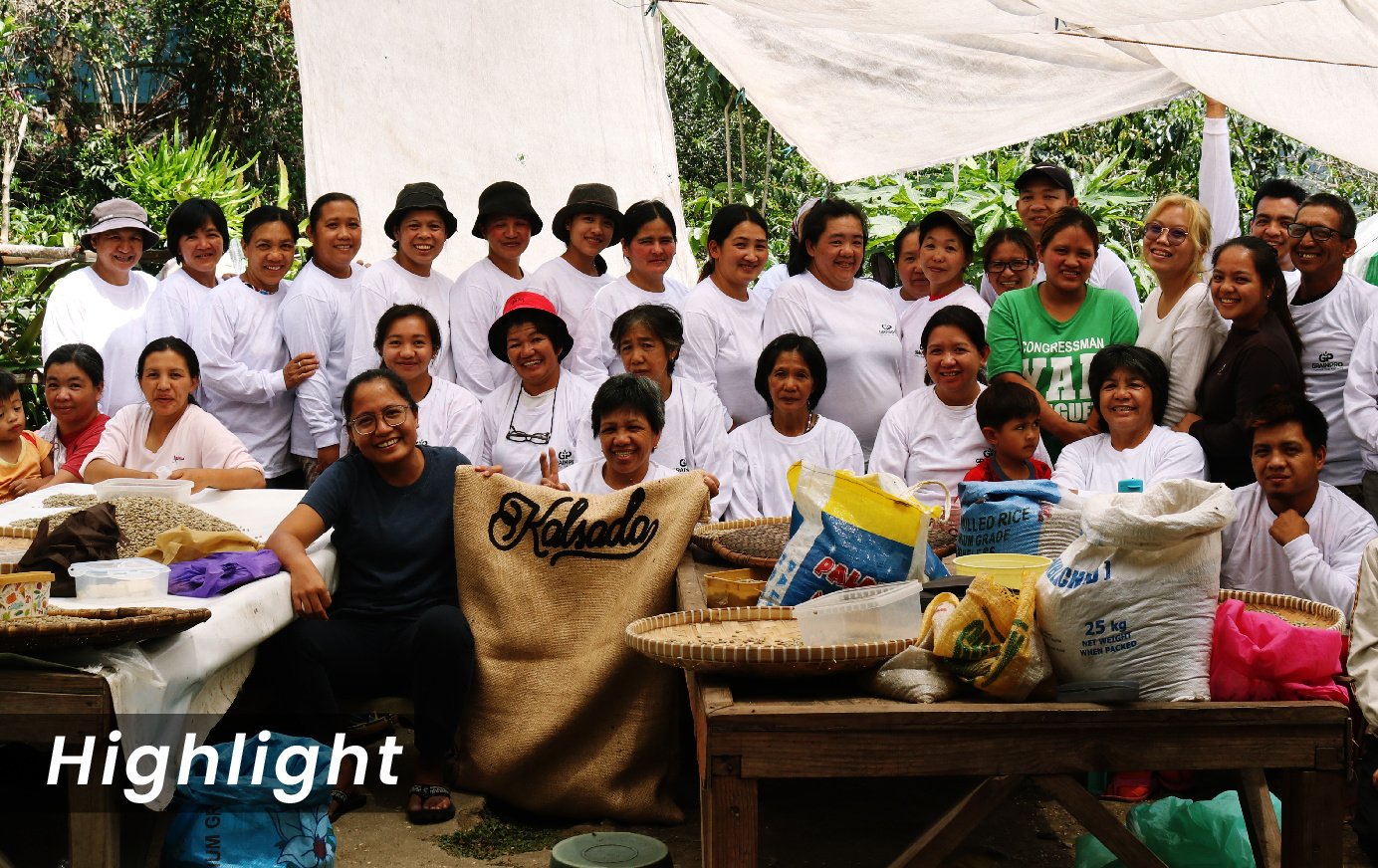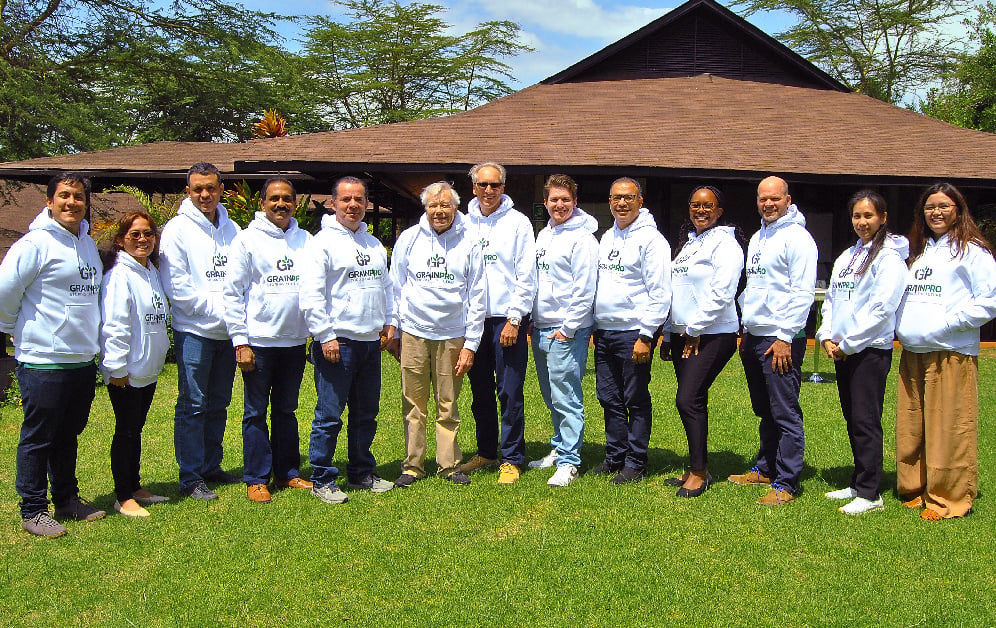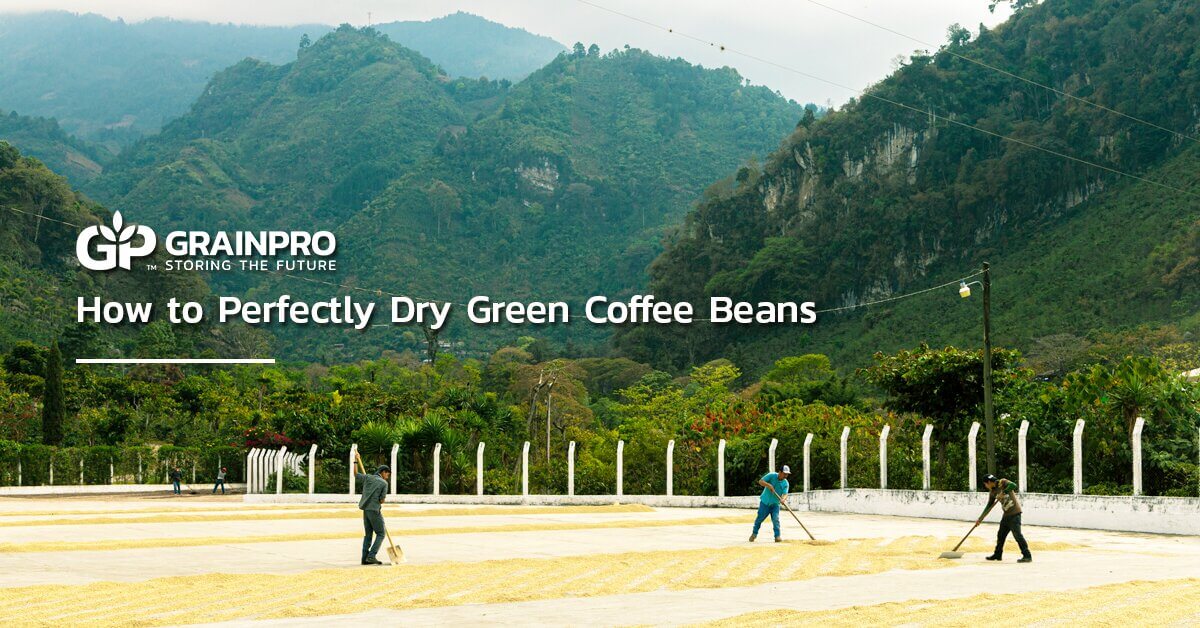Coffee producers are bent on providing green coffee beans that can win awards and bring pride to the farms they work so hard on. Each process is carefully thought-out and planned. Execution is key, and if you are a coffee connoisseur, you know that keeping an eye on the results of each harvest is particularly critical as well.
However, one step during the production process that you just might overlook is the drying stage. This stage comes after picking and fermenting the coffee cherries, which reveals the pit inside the fruit. These are the actual beans to be roasted, ground, and brewed for you to enjoy your coffee.
The traditional way of drying green coffee beans on the bare ground is generally frowned upon nowadays because contaminants can get mixed in with the coffee. So thanks to innovations and knowledge sharing, this is no longer popular for many coffee producers.
How to dry green coffee beans
According to coffee experts, you should dry your coffee beans to a safe 11-11.5% moisture content before storage or transport. This is important to reduce the risk of mold growth that can occur if the coffee beans are too wet when stored. Read on for some of the ways you can dry your coffee beans effectively and efficiently:
-
A popular way of drying green coffee beans is by using machines. A lot of coffee producers invest in machines so they can achieve faster, more uniform drying for their coffee beans. This might hurt your pocket a little more than the other drying methods, but it also ensures the safety of your coffee beans' quality during the drying process.
-
You can also use raised beds to dry your green coffee beans. This method allows for better circulation of air, meaning the coffee beans would dry faster. Additionally, using raised beds means you lessen the risk of contamination of the coffee beans.
-
Patio drying has also become increasingly popular because this method doesn't require a lot of tools or machines. Instead, all you need is a clean, flat (preferably concrete) floor. Once you clear the patio of any debris or contaminants, you can go ahead and lay a thin layer of coffee beans and leave them out until completely dried. Make sure that you constantly rotate or mix the beans with a rake to ensure that they dry evenly.
Effectivity of patio drying
A recent trial conducted by the National Coffee Association (Anacafe) of Guatemala produced results that support the effectiveness of patio drying using the GrainPro Collapsible Dryer Case (CDC).
The trial, which was held in Palencia, Guatemala, was done with recently washed parchment coffee. During the drying process, the coffee beans were subjected to 8 hours of sunlight and were striped and moved every half hour.
After the trial period, Anacafe gave its conclusion that the GrainPro CDC was a cost-effective alternative to concrete patios. According to a comparison included in the trial results, the GrainPro CDC was 65% cheaper than investing in concrete patios.
The results also showed that the GrainPro CDC greatly affected the productivity of the process. More importantly, the quality of the coffee beans was preserved.
Whatever option you may choose to use, drying your coffee beans safely and effectively should be a priority. Though the task takes time, effort, and energy to complete, it'll be worth everything once you taste the resulting brew of that specialty coffee.
Click the button below to learn more about GrainPro's hermetic solutions.
Date Published: October 9, 2019





